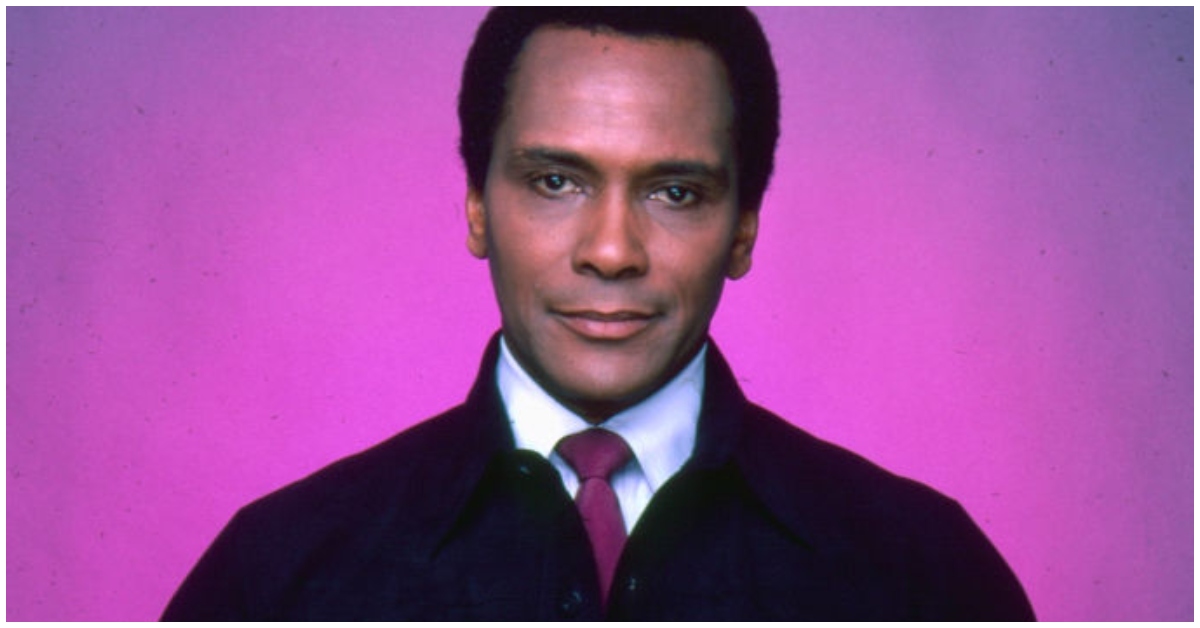Mitchell Breaks Ballet’s Racial Barriers As NYCB Star Dancer
Born in 1934, Arthur Mitchell began dancing as a child in Harlem before earning a scholarship to the prestigious School of American Ballet.
His immense talent landed him a spot in the New York City Ballet (NYCB) corps de ballet in 1955—a historic first for a Black dancer at a major company.
Mitchell rose up NYCB’s ranks over the next decade. Visionary choreographer George Balanchine, who aimed to diversify ballet, took Mitchell under his wing. Balanchine created acclaimed roles specifically for Mitchell as his star power grew.
Pioneer Founds Dance Theatre Of Harlem During Civil Rights Era
After leaving NYCB in 1969, the racial barriers Mitchell broke seemed to fuel his desire to create opportunity for dancers of color. Following Martin Luther King Jr.’s assassination, he returned to Harlem to start teaching ballet.
This humble effort soon evolved into the trailblazing Dance Theatre of Harlem—the nation’s first Black classical ballet company. The inclusive ensemble quickly won international acclaim during the height of the civil rights movement.
Mitchell had broken down barriers within white institutions. Now, he built up Black dancers so they could excel without compromising identity. “It was to make people aware that this beautiful art form actually belongs to and can be done by anyone,” said co-founder Virginia Johnson.
Legacy Honored Through Prestigious Awards And Productions
Arthur Mitchell received numerous honors over six decades in dance. This includes the Kennedy Center Honors, National Medal of Arts, MacArthur Fellowship “Genius Grant,” and induction into the Hall of Fame.
Mitchell directed Dance Theatre of Harlem school and company until his retirement in 2011. He elevated countless young talents while shining a spotlight on dancers of color.
Through artistic excellence and an open spirit, his influence continues revolutionizing fields shaped by restrictive visions of ability.





